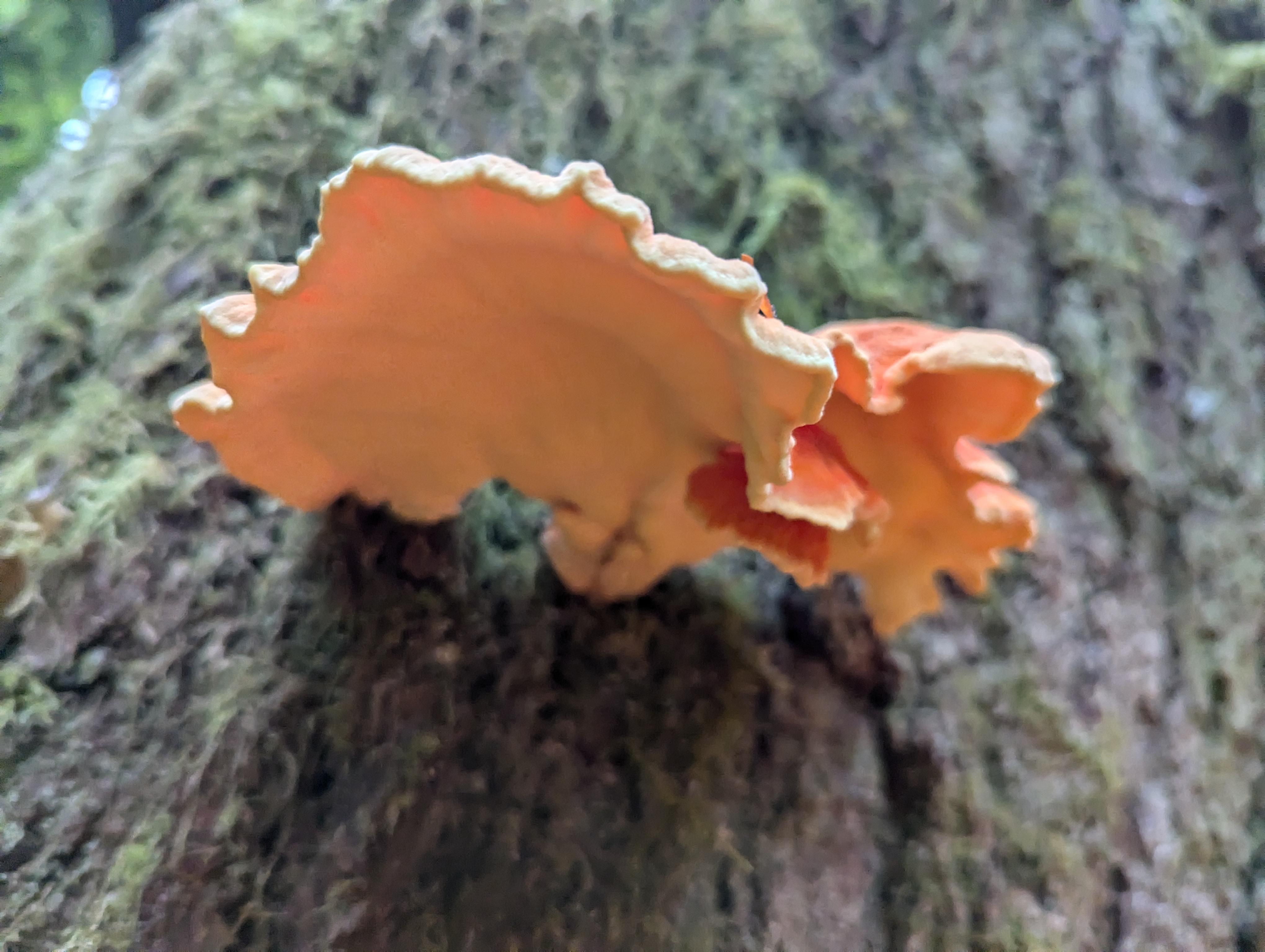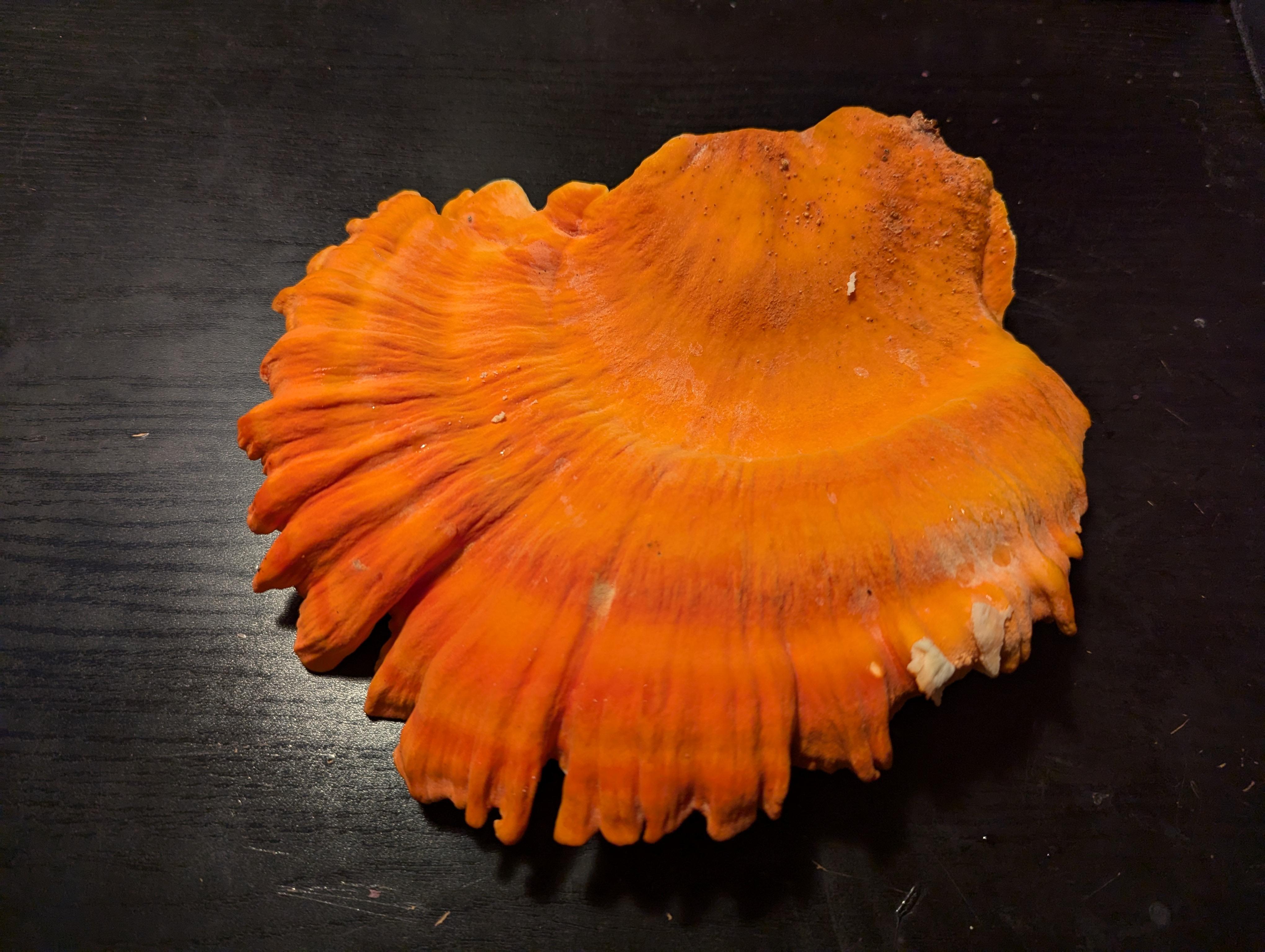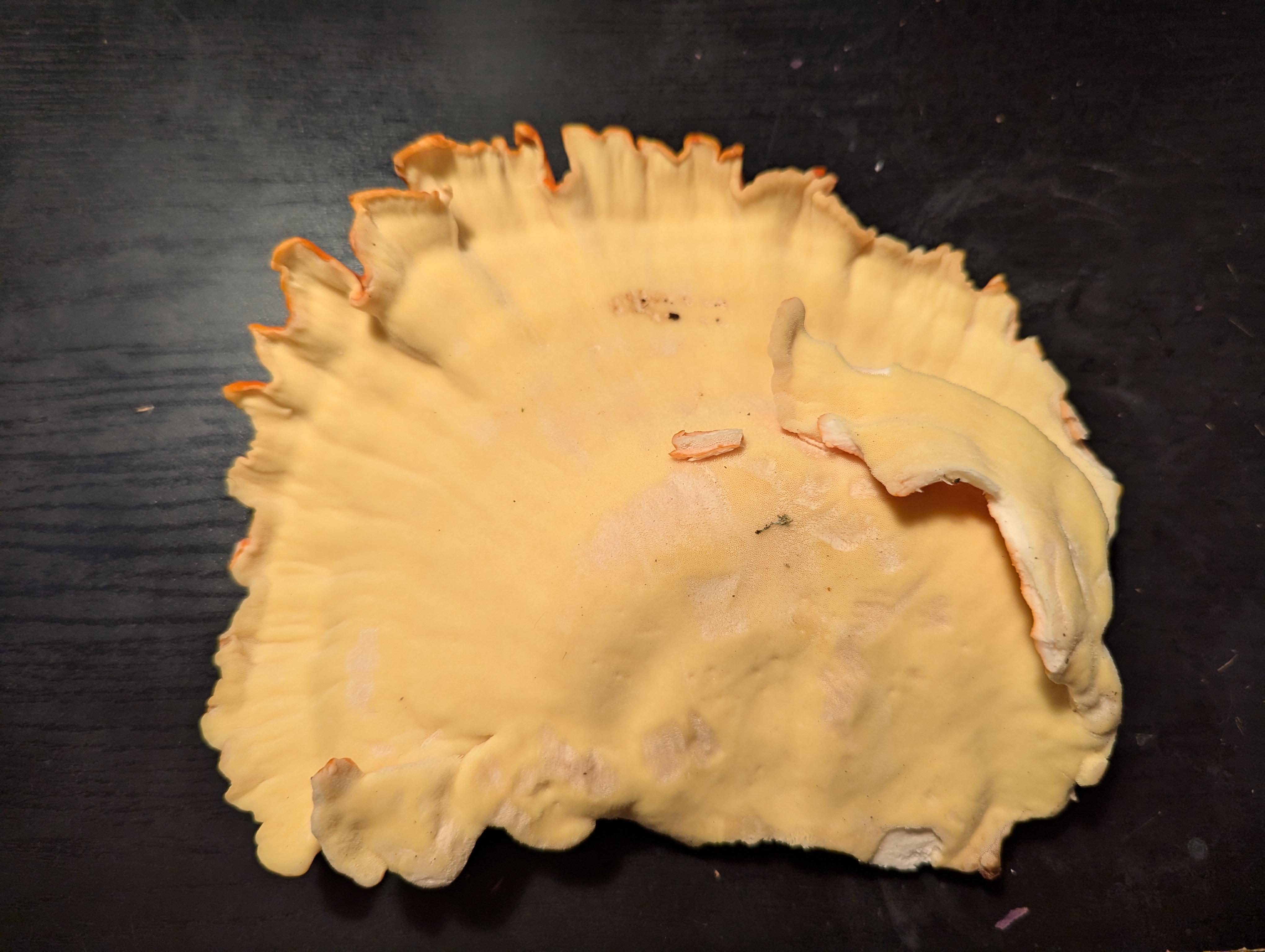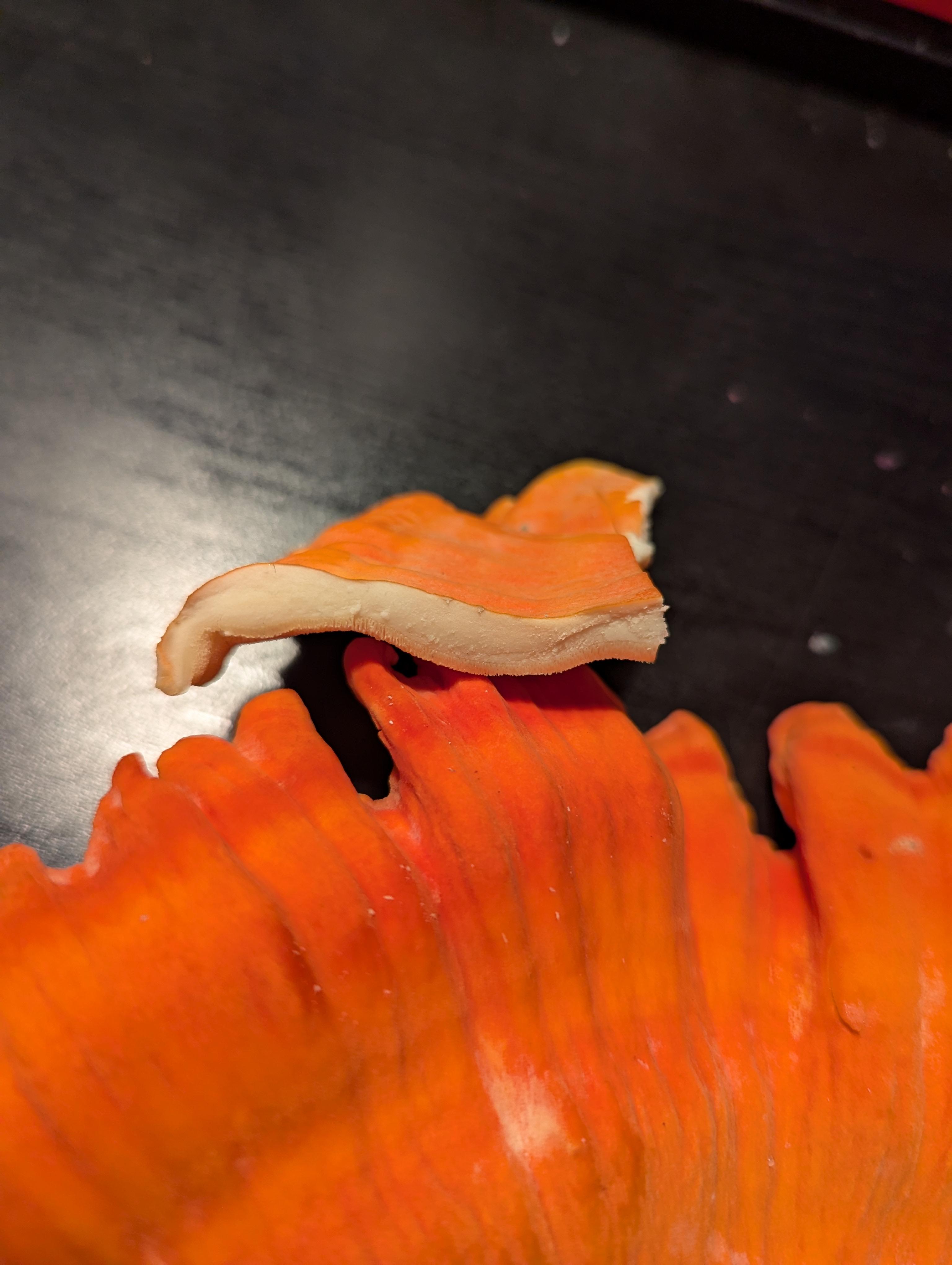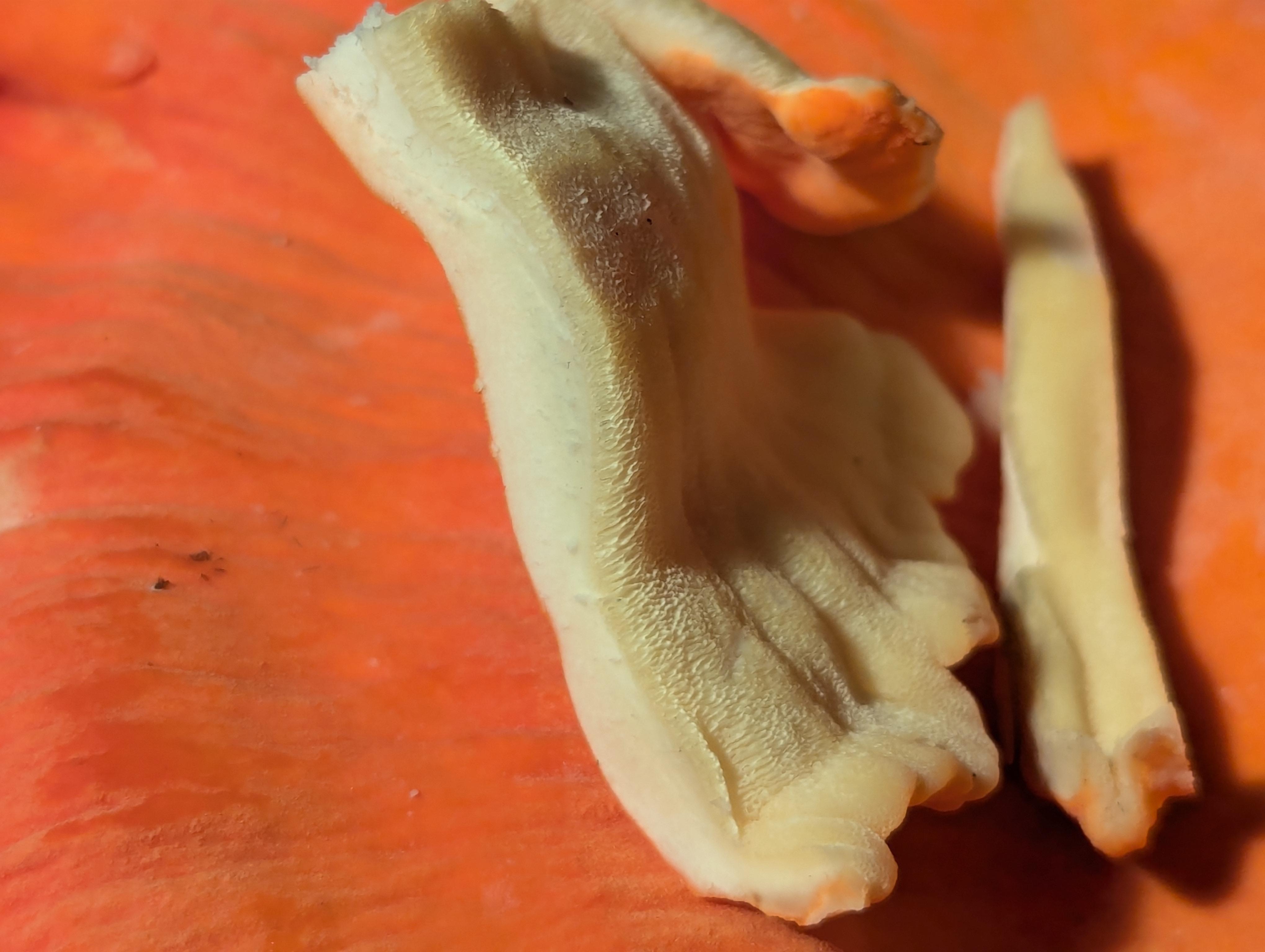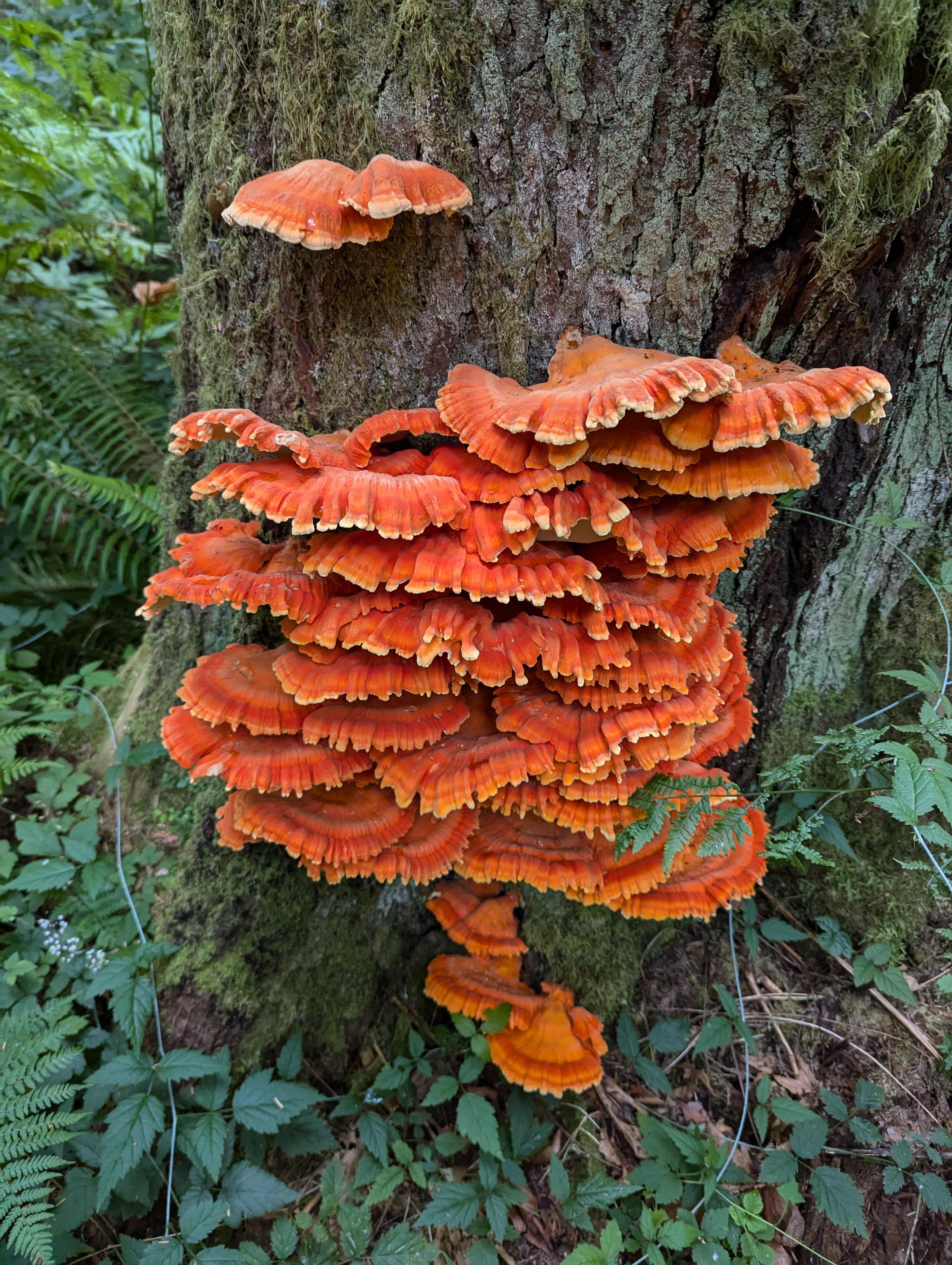Yes, I am like 90% on this though so definitely reference a book if you haven't already. Also be aware that mushrooms can become toxic based on the substrate they grow on. Some mushrooms cannot be eaten if they grow on certain types of trees.
Avoid using mycology books from amazon btw, they are made with ai. Look for something old and licensed
